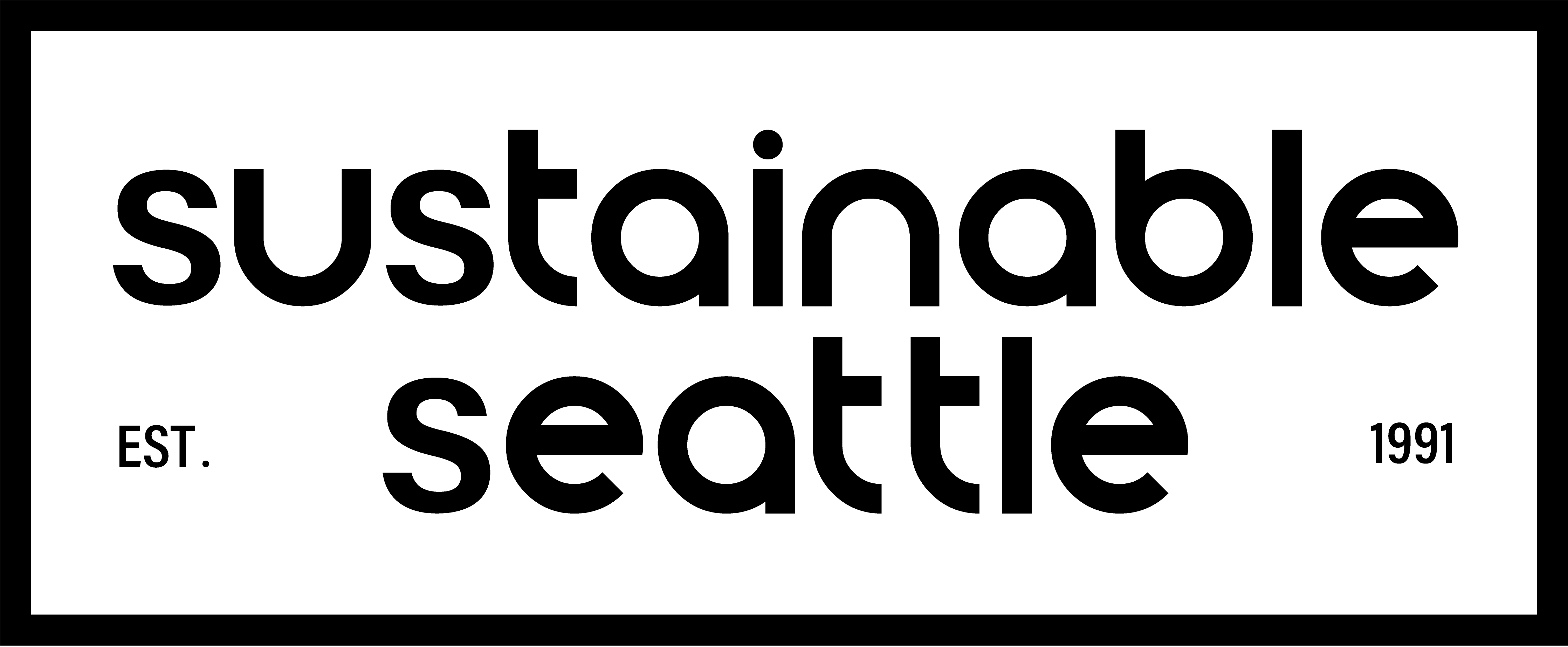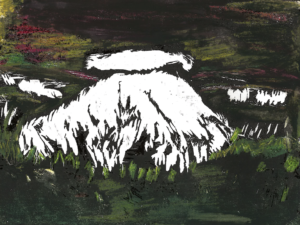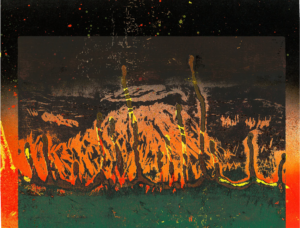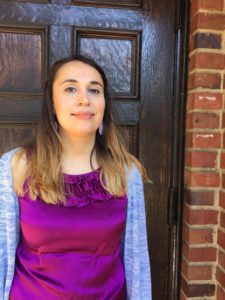Q3 2020: Aligning Forces and the Forces that Divide
Sustainable Thoughts by Demarus Tevuk
In Sight by Pah-tu Pitt G, with collaboration from Sean Gallagher (Native Kut)
Board of Directors . These new voices to S2 are part of Em Piro’s vision as S2 Executive Director to center our mission of supporting and aligning with frontline and BIPOC (Black Indigenous and People of Color) communities. Both frontline and BIPOC communities are at greatest risk of harm to health disparities due to climate change and environmental injustice. These communities are experts in authentic and true solutions to the historical and continuing inequities that are present in our systemically oppressive infrastructures.
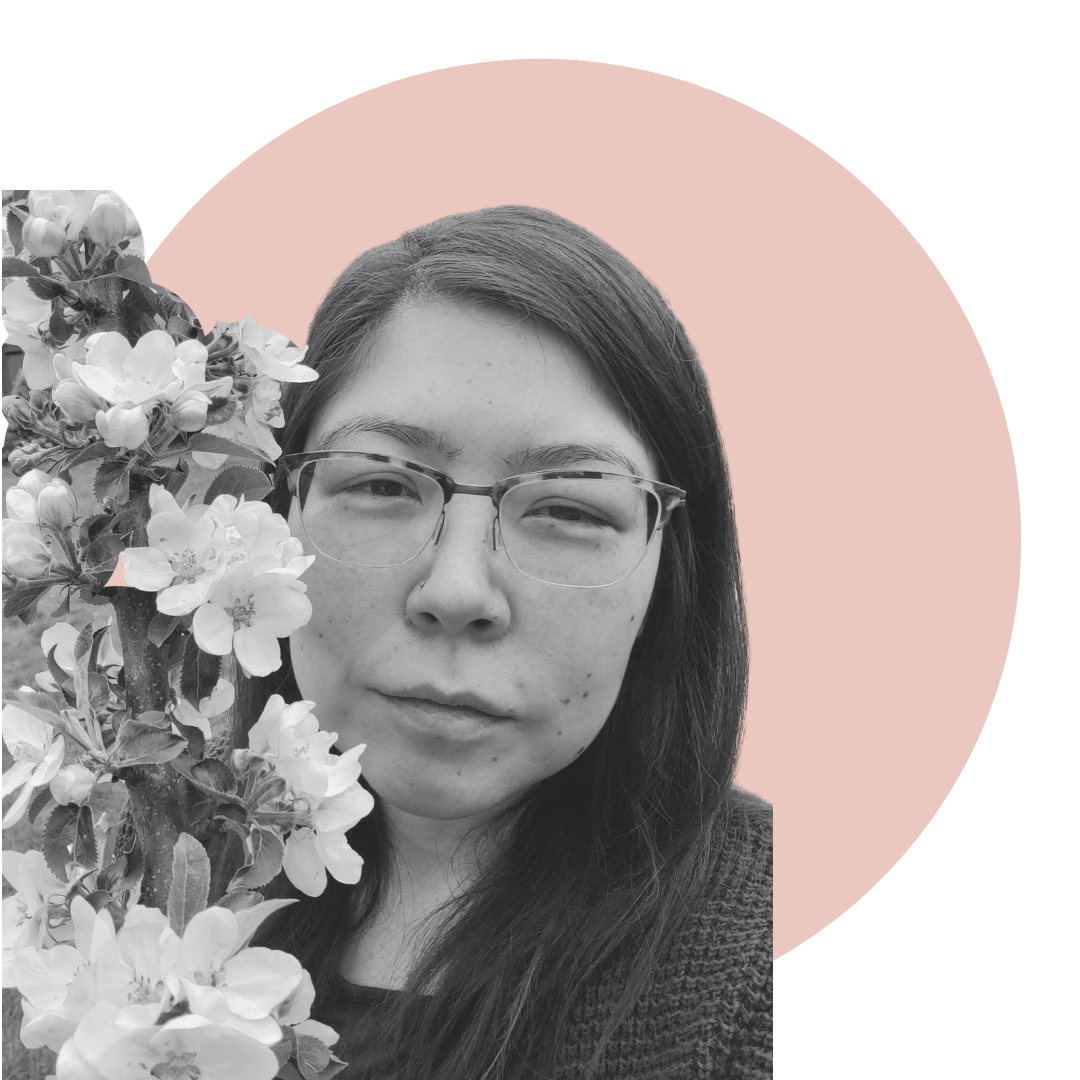
Demarus Tevuk is a researcher, writer, and educator with a strong background in traditional ecological knowledge, native pollinators, native plants, science, and engineering. Demarus is an Inupiaq from Nome, Alaska and her childhood with indigenous communities across North America greatly influenced her research on the definition of sustainability from the indigenous perspective. Demarus earned her degree in Environmental Studies from the University of Washington and she has a certificate in Permaculture Design. She produced case studies on climate change projects led by tribes that were funded by EPA Region 10 grants. Demarus loves to pick berries and gather traditional food and she is an avid fiber artist and loves to sew, spin yarn, weave, knit, and design knitwear.
The Tahoma series are about the mountain’s (known as Rainer by many) experience as a witness to increasing temperatures and catastrophic fires. The mountains breathe through the forests, glaciers, and streams. Through these experiences Tahoma continues to support life, hold clouds, and promote a shift to sustainability. Moisture and fire are important elements centered by many Native management practices with implications for the dynamism and values needed for sustainable futures.
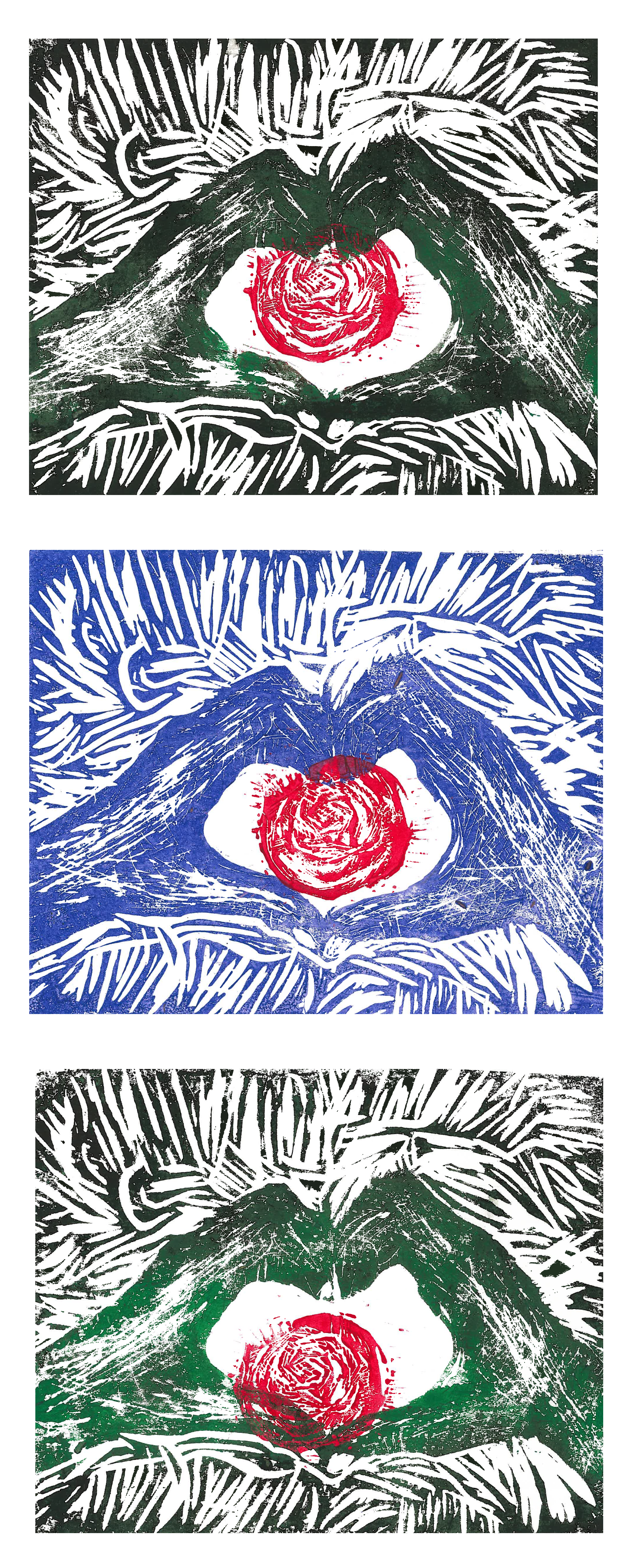 Cedar Rose Risingis about creating vibrant connections. Through reciprocity, we have the power to learn and lift each other up, while creating a legacy rooted in place and respect for first peoples.
Cedar Rose Risingis about creating vibrant connections. Through reciprocity, we have the power to learn and lift each other up, while creating a legacy rooted in place and respect for first peoples.
All of the Tahoma series are available as poster and postcard prints in the Community Market. Proceeds benefit the artist, Pah-tu Pitt G, and S2 community programs.
Pah-tu Pitt G. (Warm Springs/Wasco)
she/her/they/them, currently works on advocacy for indigenous climate change resiliency, sustainable economic development, and grassroots organizing at regional and local levels in the Pacific Northwest and Seattle with an interest in solidarity with other BIPOC(Black, Indigenous, and People of Color) and LGBTQ+ communities. She became the first female in her tribe to obtain a professional degree in the environmental sector and holds a degree in Environmental Science from Portland State University and a Master of Environmental Studies from Evergreen State. As a Native Kut business owner, she practices art, consulting, and runs a vacation/business rental that is Native art themed. Her work draws on the desire to re-center feminine leadership and to bring visibility to the experiences of historically impacted communities. Her preferred mediums include carving, printing, watercolor, mixed media and film. Creating is a way she connects to her ancestors and feels the strong connection between art and science.
